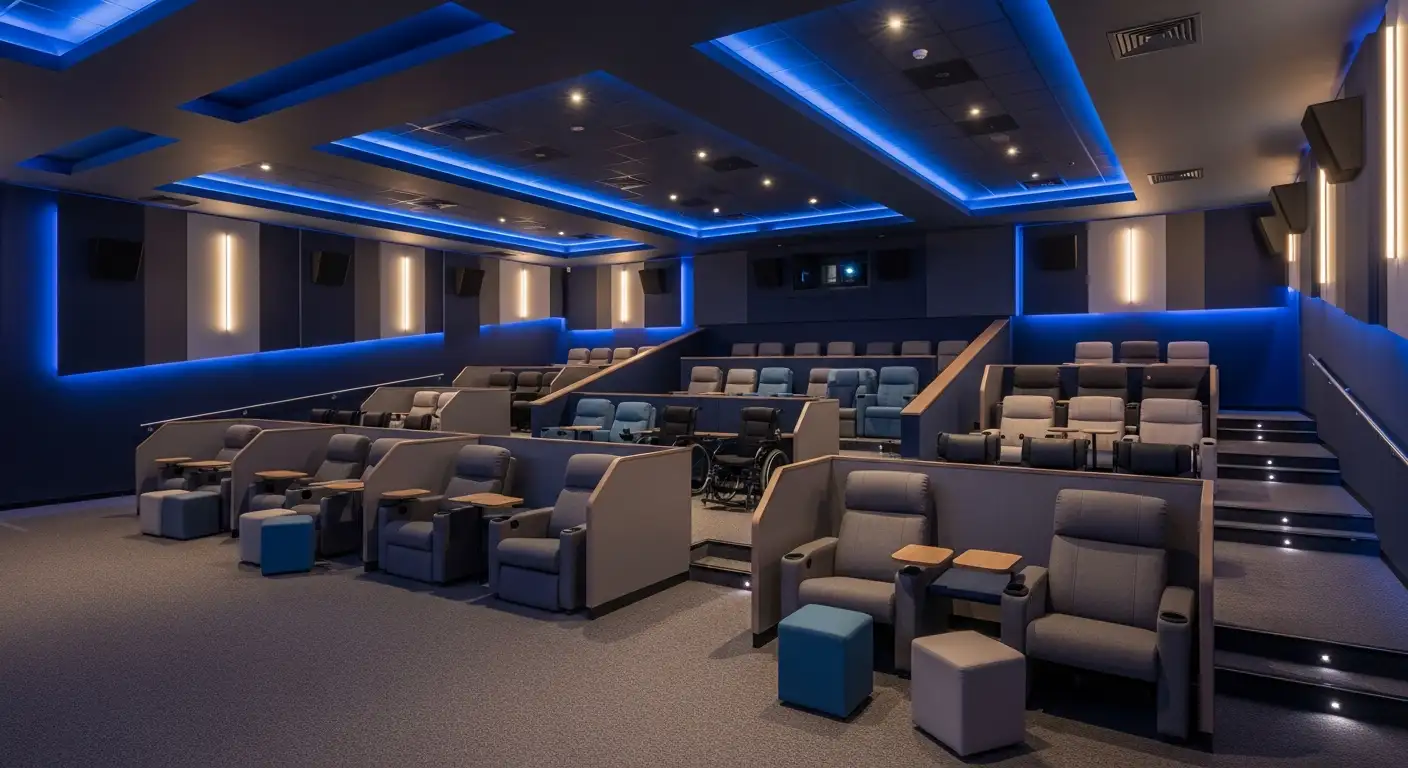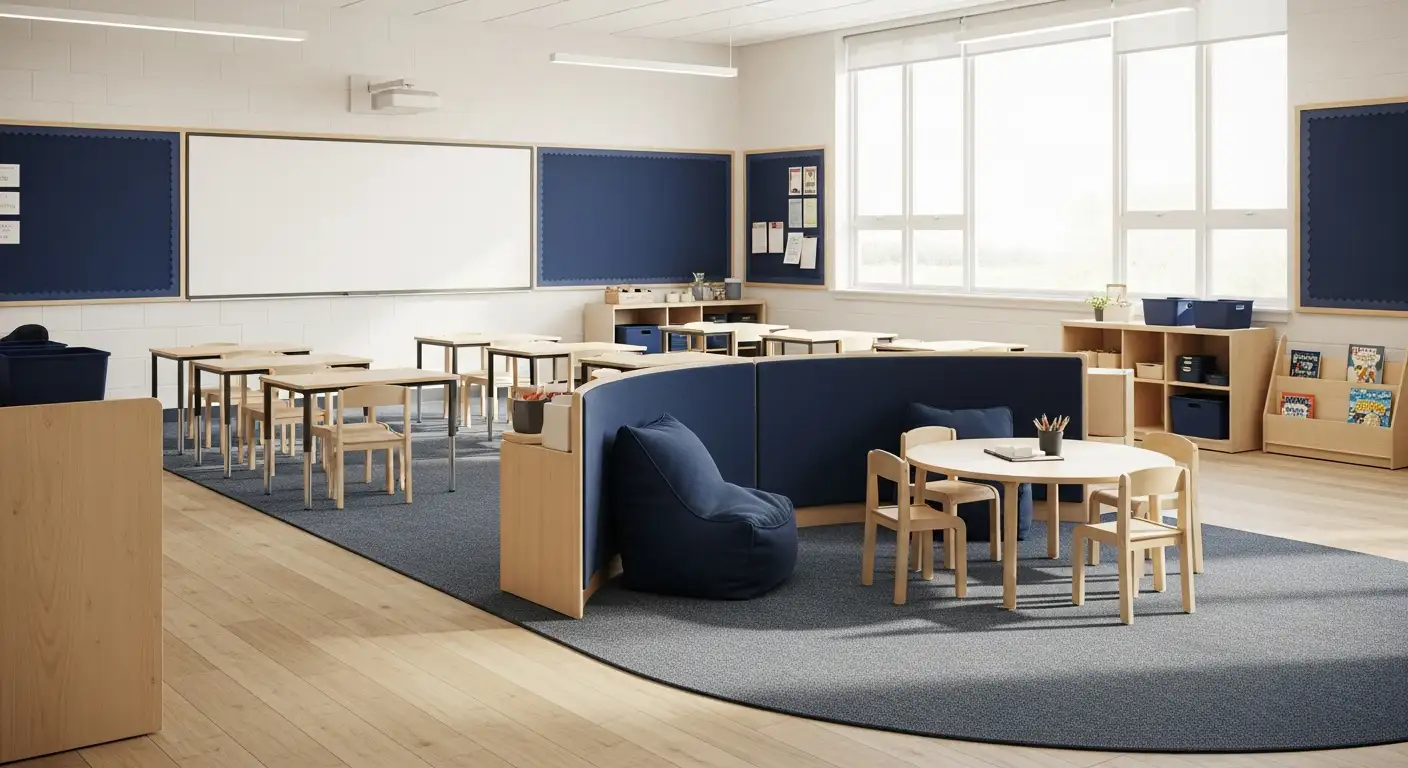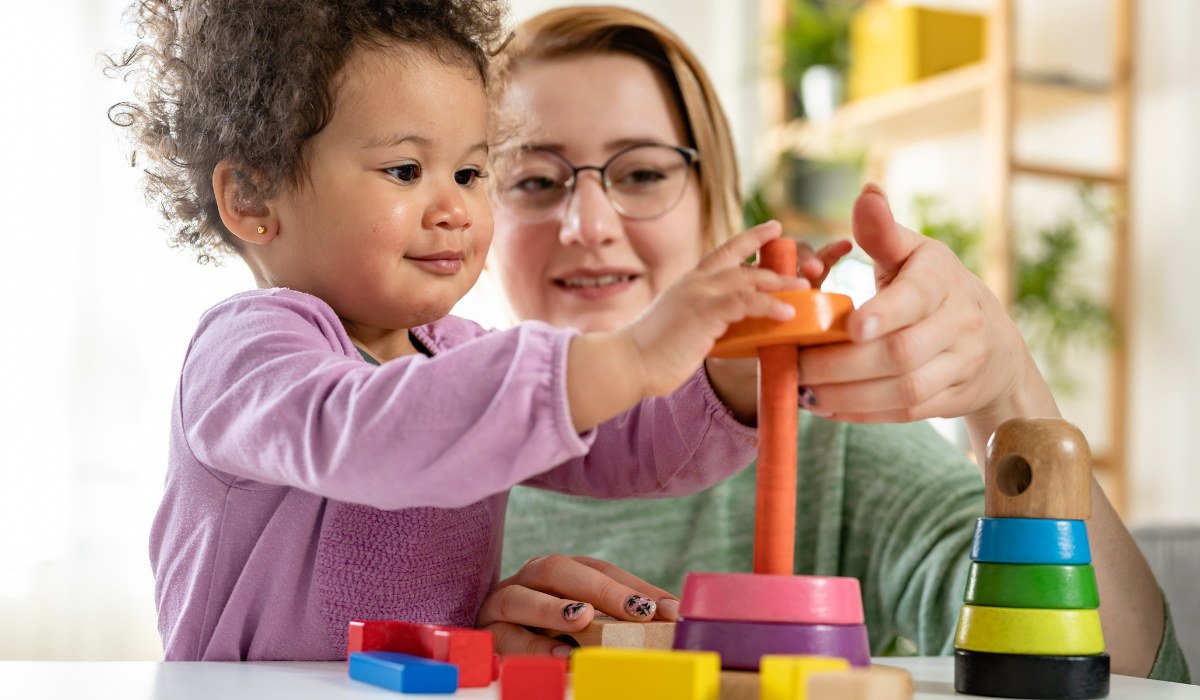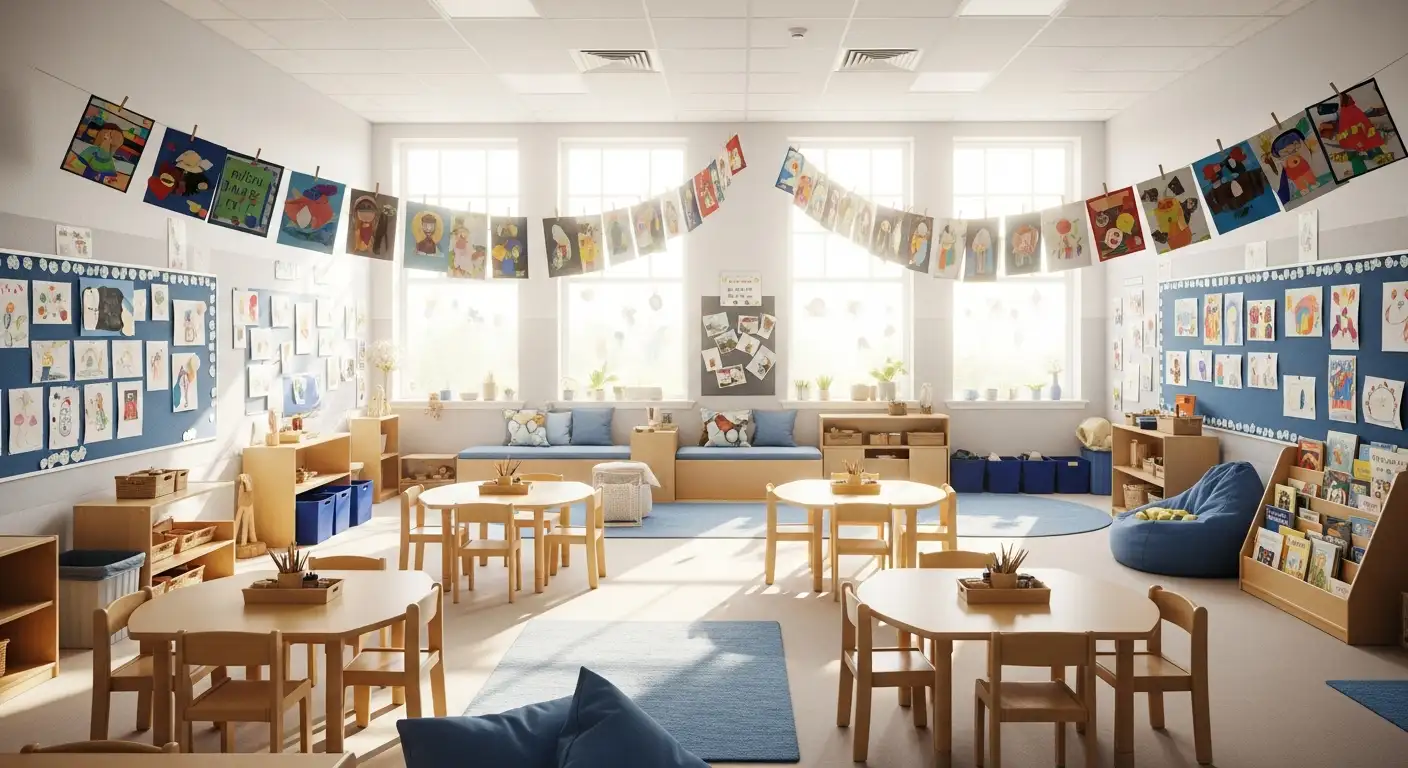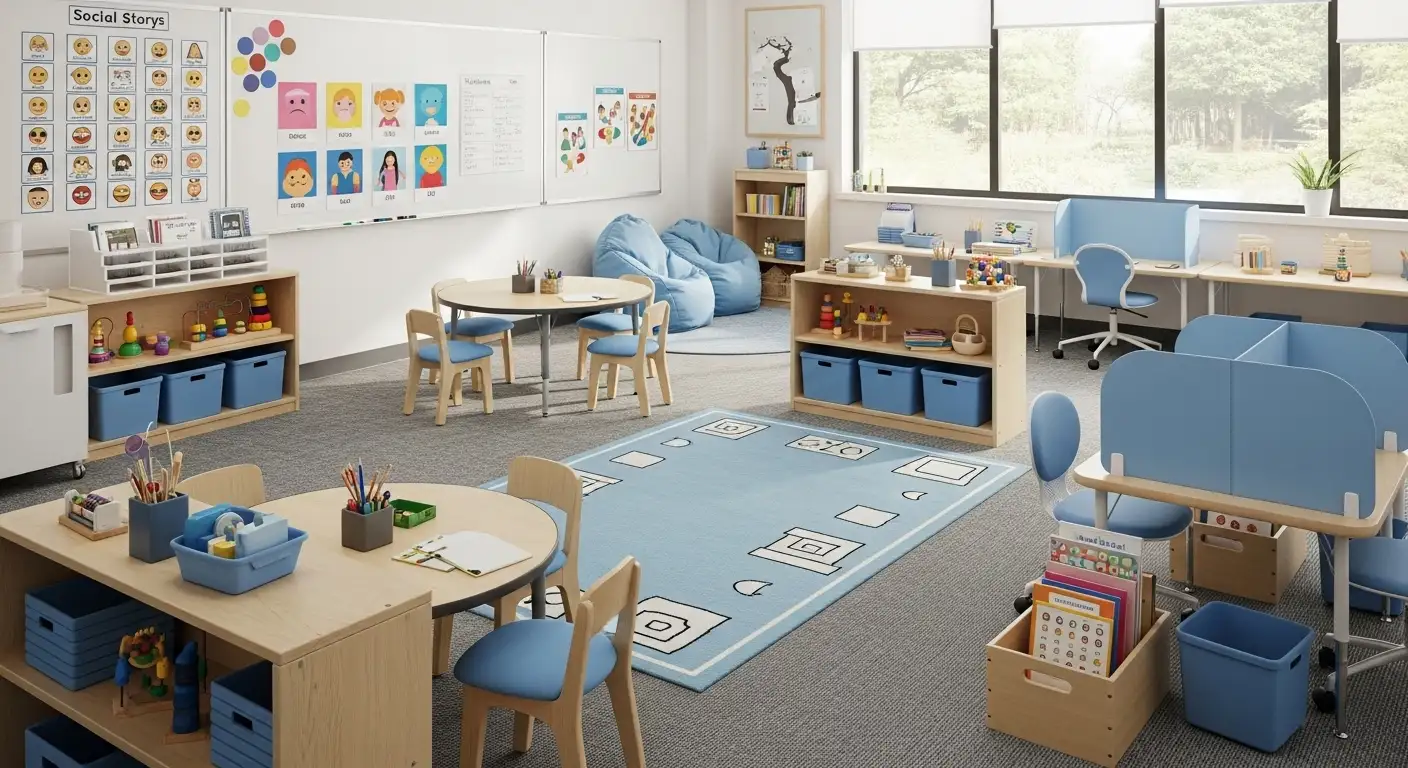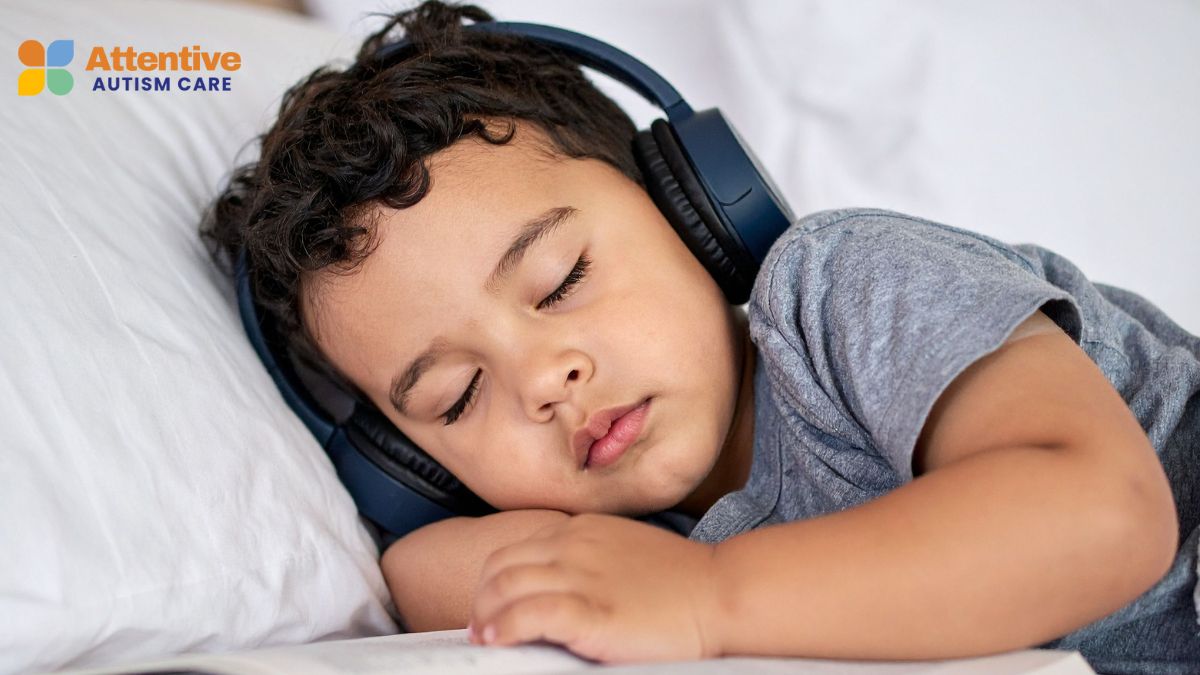Can Sign Language Help With Autism?
Unlocking Communication: The Power of Sign Language in Autism Support

Exploring the Benefits of Sign Language for Children with Autism
In recent years, there has been growing interest in using sign language as a tool to support children with autism spectrum disorder (ASD). Advocates and researchers alike highlight its potential to enhance communication, reduce behavioral challenges, and foster social and emotional development. This article delves into the evidence, methodologies, and cultural considerations underpinning the use of sign language in autism intervention, addressing how it can serve as a bridge to effective communication.
The Role of Sign Language in Facilitating Communication for Autistic Individuals
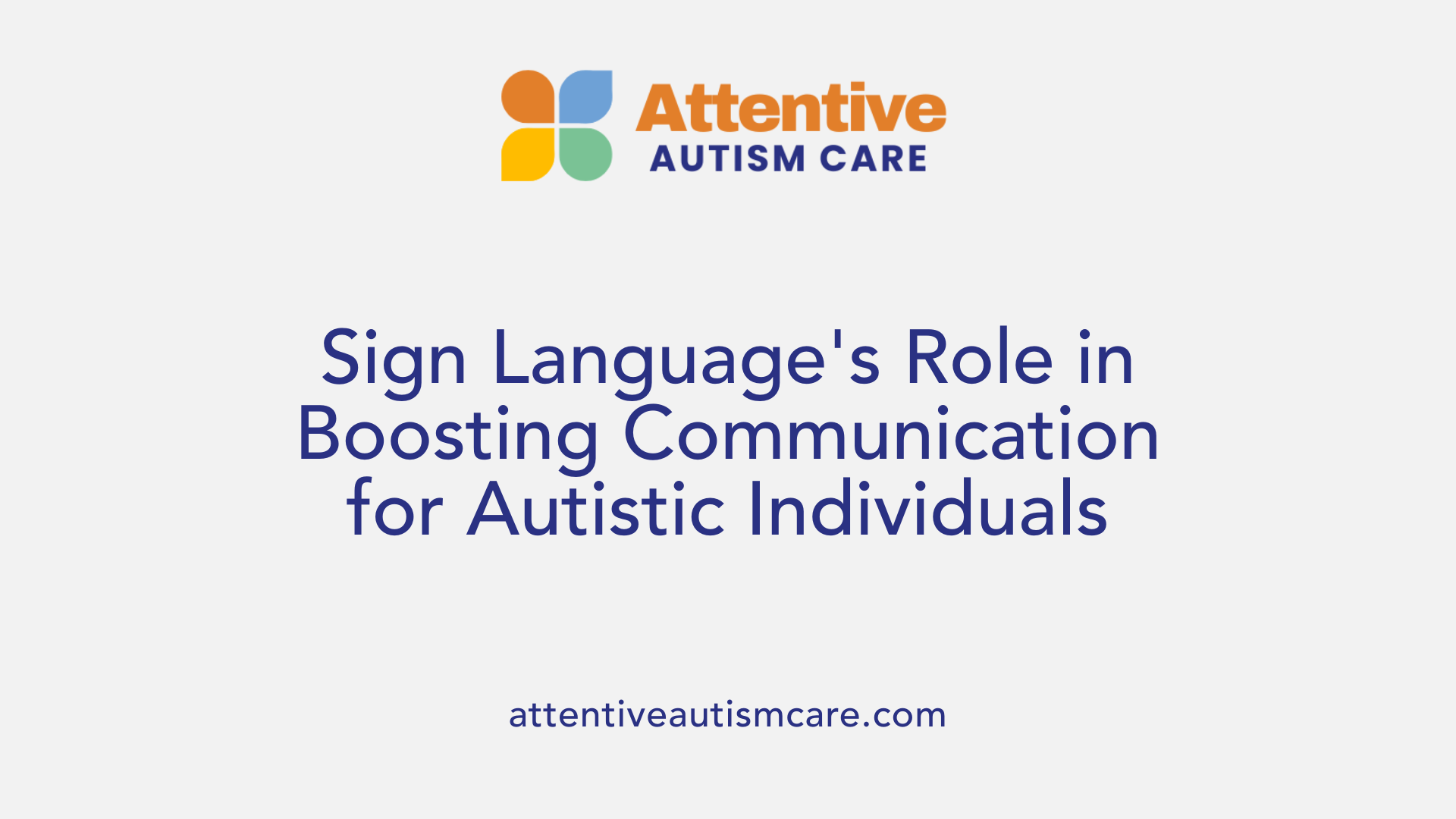
How can sign language facilitate communication with autistic individuals?
Sign language, especially American Sign Language (ASL), serves as a powerful tool in supporting communication among autistic people. Its visual and kinesthetic modality makes it particularly accessible for many with autism, who often process visual information more effectively than auditory input.
By using hand gestures, facial expressions, and body language, sign language creates a clear, direct method for expressing needs, feelings, and ideas. This can be especially beneficial for children who are non-verbal or have limited speech. Learning and using signs such as "more," "help," "eat," and "drink" helps children immediately communicate their desires, which can reduce frustration and behavioral issues stemming from communication gaps.
Research indicates that sign language can stimulate brain areas involved in language, promoting development of speech skills. When introduced early and paired with speech therapy, sign language can facilitate a smoother transition into verbal communication.
Consistent use of sign language in daily routines—through engaging visual aids like picture cards, videos, and involvement of family members and caregivers—enhances the learning process. This multimodal approach not only bridges communication gaps but also encourages social interaction, cognitive growth, and independence in autistic individuals.
Furthermore, sign language aligns well with the strengths of many autistic learners, who often excel in visual processing and fine motor skills. Because of its clarity and structured nature, ASL does not cause confusion when combined with spoken language. Instead, it complements verbal communication and can even accelerate the development of speech.
Expert guidance and immersing children in environments where sign language is regularly used—by fluent signers—are crucial for effective learning. Ultimately, sign language offers a flexible, accessible means to empower autistic individuals to connect more fully with their surroundings, express their needs clearly, and participate actively in social interactions.
Augmentative and Alternative Communication: A Complement to Traditional Therapies

What role does augmentative and alternative communication (AAC) play in autism support?
AAC is a vital component in supporting individuals with autism, especially those who are non-verbal or minimally verbal. It offers a variety of communication methods designed to empower autistic individuals to express their needs, preferences, and feelings effectively. AAC includes simple gestures, facial expressions, picture boards, and advanced electronic devices with communication apps.
Research shows that integrating AAC into intervention strategies can significantly improve social interaction and reduce frustration caused by communication difficulties. For example, using sign language or speech-generating devices can enable children to make their wishes known, which enhances independence and reduces behavioral issues stemming from communication barriers.
Early adoption of AAC is particularly important. Introducing these tools during early development stages—when the brain is most receptive—can help maximize language learning and social skills. Moreover, combining AAC strategies with traditional therapies such as speech therapy and behavioral interventions creates a more comprehensive approach.
Many studies support that AAC does not hinder speech development; instead, it can stimulate brain areas associated with language and help foster verbal skills when appropriate. Overall, AAC acts as a bridge to communication, opening pathways for social engagement and personal expression for autistic individuals.
This approach includes teaching signs, facilitating discourse, and encouraging code-switching, which is using signs alongside speech to promote smoother language transition. Involving family members and caregivers in the training process can enhance proficiency and emotional bonding.
In summary, AAC methods play an essential role in enabling effective communication, improving behavioral outcomes, and supporting the overall development and well-being of children and adults with autism.
Empirical Evidence and Insights into Sign Language Effectiveness
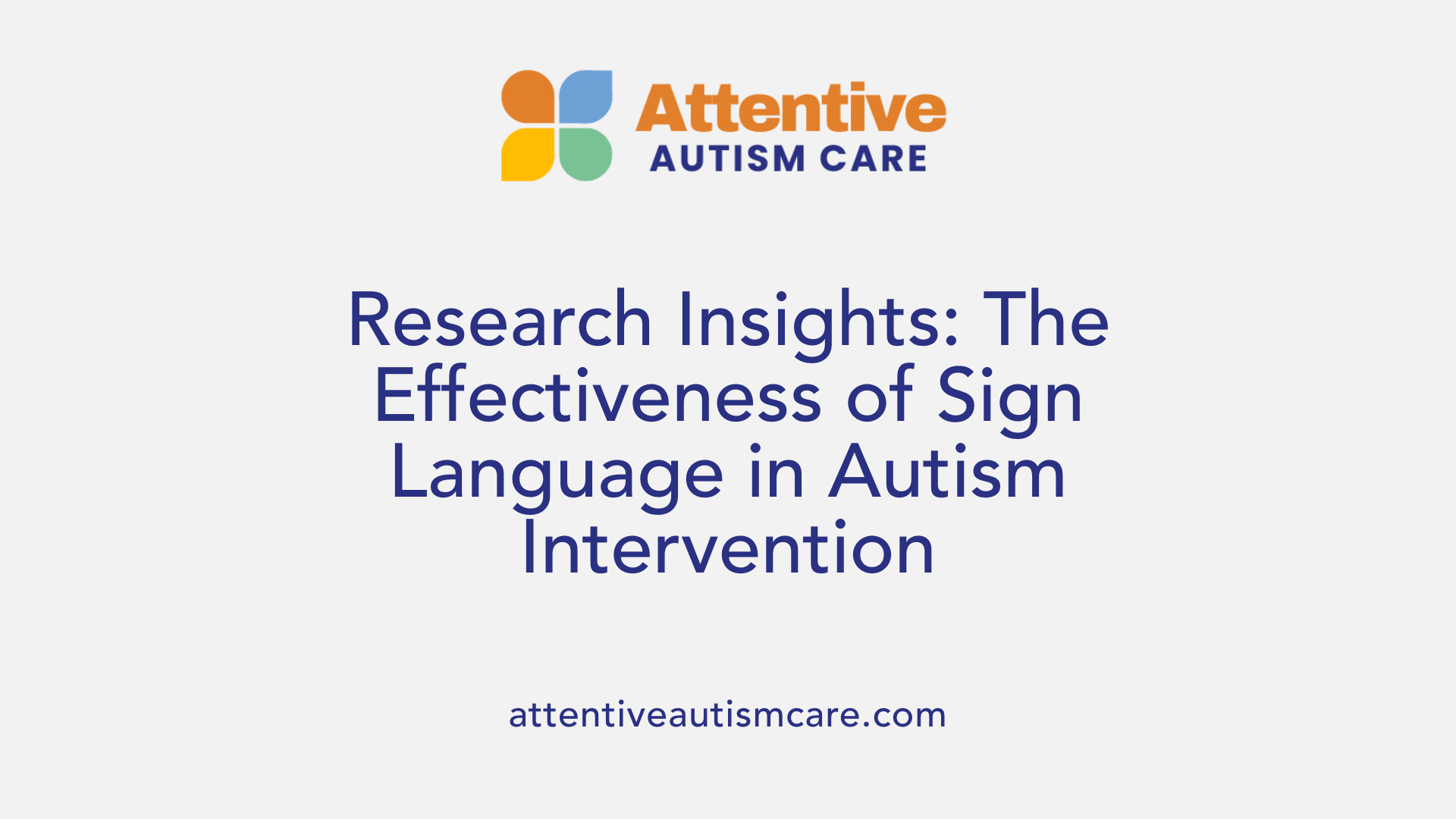
What evidence supports the use of sign language in autism intervention?
Research indicates that sign language can be a powerful ally in supporting children with autism. Studies involving over 100 children have shown that nearly all learn receptive and expressive signs, with many advancing to combine signs into phrases. Improvements in adaptive behaviors, such as increased independence and social interaction, have been consistently reported.
One approach to teach sign language involves exposure to fluent signers and training in discourse and code-switching, which can enhance learning efficacy. Sign language—particularly American Sign Language (ASL)—is a natural, complex language with its own grammar. Learning ASL offers children a visual form of AAC (Augmentative and Alternative Communication) that can foster immediate expression of needs and reduce frustrations associated with communication difficulties.
However, the research on its effectiveness shows mixed results. Single-subject studies typically report moderate to strong improvements, with an average Percentage of Non-Overlapping Data (PND) around 84–87%, suggesting a notable positive impact. Conversely, broader systematic reviews and meta-analyses reveal limited support from group experimental studies. For example, some studies found no significant advantage of sign language over traditional speech therapy, and effect sizes for overall language development tend to be small.
Importantly, no evidence indicates that teaching sign language hinders speech development. In fact, it can complement speech therapy, sometimes accelerating verbal skills. Additionally, sign language environments tend to be less noisy, which benefits children susceptible to auditory overload.
In summary, while evidence supports that many children with autism can learn and benefit from sign language, its impact varies. Incorporating sign language as part of a comprehensive intervention—especially involving parental and staff participation—can provide meaningful communication support. More investigation into different teaching methods and integration strategies is necessary to optimize outcomes.
Effective Strategies and Methods for Teaching Sign Language to Autistic Children
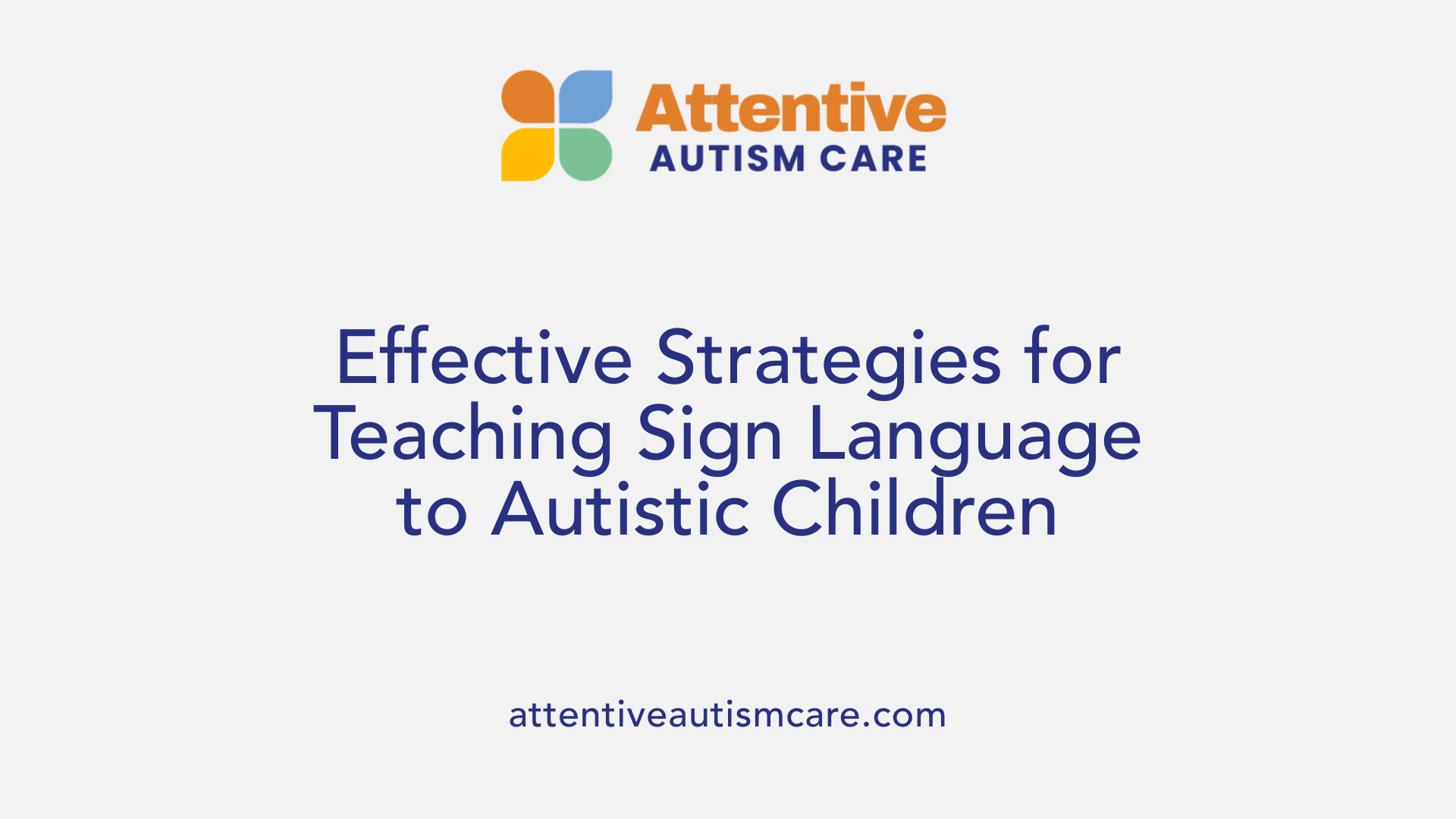
What are the methods and strategies for teaching sign language to autistic children?
Teaching sign language to autistic children involves multiple approaches tailored to individual needs. Consistent practice, visual supports, and positive reinforcement are fundamental. Teachers and caregivers incorporate signs into daily routines and play activities, helping children learn and generalize their new communication skills.
Using visual aids such as pictures, flashcards, and videos can enhance understanding and retention. Methods like Makaton, PECS, and other AAC tools supplement learning, making the process more engaging.
Early intervention is crucial; ideally, sign language training begins before the age of three. Parental and family involvement significantly improves outcomes, as consistent use at home reinforces skills learned elsewhere.
Sign language can be combined with speech therapy to stimulate overall language development. This simultaneous approach supports spontaneous communication and has been shown to reduce frustration, aggressive behaviors, and meltdowns.
To maximize effectiveness, individualized teaching methods that consider each child’s motor skills and comfort levels are essential. Adapting the signs and training environments encourages a more inclusive and supportive learning process.
Overall, combining these strategies with an understanding of each child's unique needs creates a positive foundation for communication development in children with autism.
Addressing Misconceptions and Cultural Nuances

What are some misconceptions about sign language and autism?
A common myth is that teaching sign language to children with autism delays their speech development. In contrast, research indicates that sign language can actually support speech development and improve overall communication skills. Some believe that children with autism cannot learn sign language or that it might cause confusion between sign and spoken language. However, studies show that sign language and speech can be learned simultaneously, with many children learning to combine signs effectively.
Another misconception concerns the complexity of sign languages. Many think there is only one sign language, but in truth, over 300 different sign languages exist worldwide, each with its own grammar and idiomatic expressions. American Sign Language (ASL), for example, is a natural language with a well-established structure used by many in the Deaf and autistic communities.
Misunderstandings also extend to Deaf culture. Some assume that all Deaf individuals lip-read successfully or desire cochlear implants, but Deaf culture is rich and diverse. Respecting this culture involves understanding nuances such as the importance of sign language as a cultural identity rather than just a communication tool.
Overall, sign language is not a barrier but an empowering tool for many autistic individuals. It can facilitate immediate expression of needs, foster social interactions, and even stimulate brain areas involved in communication. Dispelling these myths encourages better integration of sign language into educational and therapeutic settings, supporting the communication and social development of children with autism.
Harnessing Sign Language for Better Autism Outcomes
Incorporating sign language into autism support strategies offers numerous benefits, from improving communication and social skills to reducing behavioral problems. While the evidence varies and further research is needed, the consensus underscores the importance of early, individualized, and culturally sensitive approaches. Sign language, especially ASL, is more than a communication tool; it is a pathway to greater independence, emotional expression, and meaningful interaction. With appropriate resources, training, and inclusiveness, sign language can significantly enhance the quality of life for children and adults on the autism spectrum.
References
- Sign language and autism - PubMed
- Top 5 Myths About Sign Language and Autism Spectrum Disorder
- Benefits of Sign Language and Other Forms of AAC for Autism - NAPA
- ASL for Autistics - Thinking Person's Guide to Autism
- Benefits of Sign Language for Autism
- Sign Language and Autism: Benefits and Strategies | BIFA
- Sign language and autism | Journal of Autism and Developmental ...










